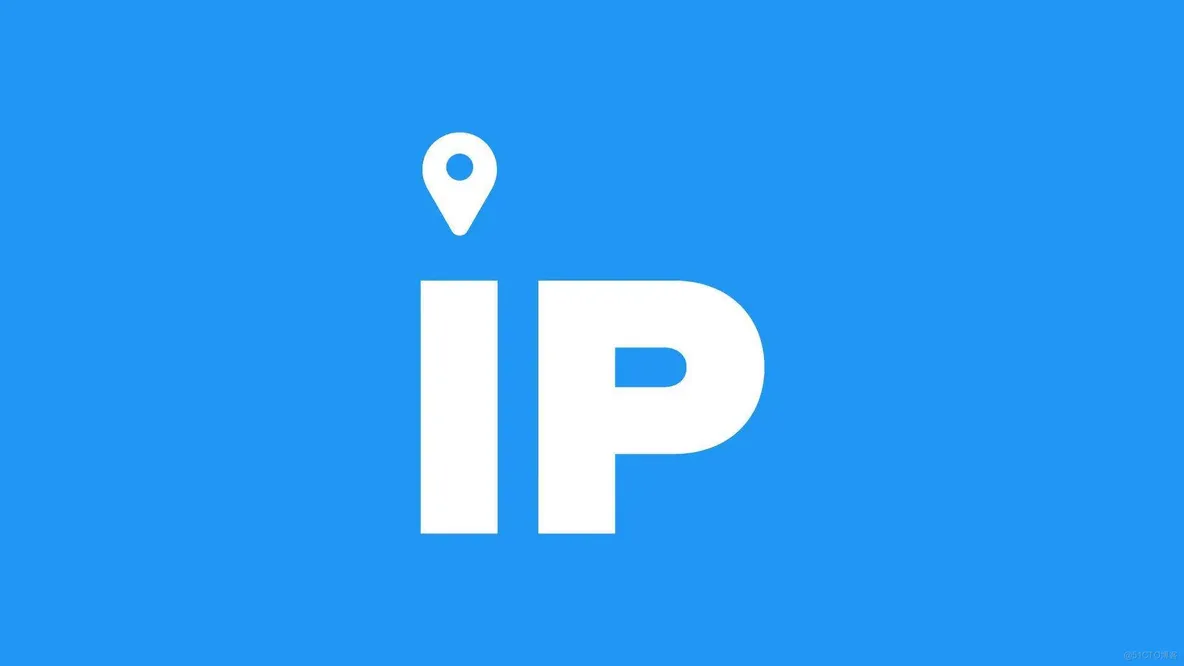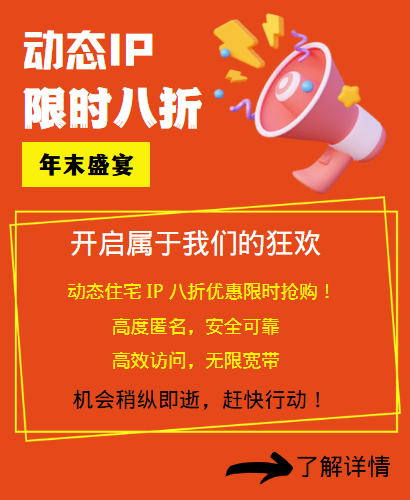HTTP proxy IP tools have a variety of functions, including but not limited to:
Speed up network connection: Since proxy servers are usually located on high-speed network nodes, using a proxy can speed up network connection and increase Internet speed.
Protect privacy: The proxy can hide the user's real IP address to prevent it from being obtained by malicious attackers. At the same time, the proxy can also encrypt the request to protect the user's privacy information.
Break through restrictions: In some cases, the use of a proxy can break through geographical restrictions, access restrictions, etc. For example, some websites may only allow users in a specific region to access, and the use of a proxy can bypass these restrictions.
Simplify network programming: Using a proxy can simplify network programming because the proxy handles some common network functions such as authentication, encryption, etc. At the same time, the proxy can also provide a unified interface to facilitate developers to perform network programming.
Improve security: Using a proxy can reduce the number of devices directly connected to the Internet, thereby reducing the risk of being attacked. In addition, the proxy can also filter and screen requests to further improve security.
Achieve load balancing: Using a proxy can achieve load balancing, that is, distributing requests to multiple servers for processing. This can improve the reliability and stability of the system.

The method of setting a proxy IP address on a mobile phone varies depending on the type of mobile phone.
For Android phones, the steps are as follows:
1. Open the "Settings" app.
2. Connect to wireless WiFi.
3. Long press the connected wireless WiFi and click Proxy Settings.
4. Turn on the proxy server switch and you can enter.
5. Enter the server (that is, the obtained IP), the port number is the obtained port number, click Save, and the mobile proxy setting is completed. You can visit Baidu to query IP or other query IP websites to check whether the setting is successful.
For Apple phones, the steps are as follows:
1. Click Phone Settings to enter the settings interface and find the wireless LAN option.
2. Enter the wireless settings interface.
3. Click the i icon on the far right of the current wireless connection.
4. Slide to the bottom, select Proxy, and configure the proxy settings.
5. After clicking Manual, there will be a line for filling in the server and port, just fill in the corresponding position.
It should be noted that when using a proxy server, the IP address we use is not the IP address of our local machine, but the IP address of the proxy server.
Related Recommendations
- Mobile version free domestic IP agent
- Browser High-Speed Proxy IP: Detailed Selection and Usage Guide
- How to turn off global proxy settings
- How to change IP in a virtual machine?
- How to set up the Firefox proxy server? Just these few steps are easy to get done
- http global proxy: how to set up a stable connection
- Solve the IP restriction problem and no longer worry about "blocking access"!
- What are the functions of the http proxy IP tool? How to set the proxy IP address for mobile phone software?
- How to set up a computer to access the Internet with dynamic IP? What is the use of dynamic proxy IP?
- How to change the IP address of a computer: It is actually very simple to follow these steps

